With launch of U.S. trials, the holy grail of leadless pacing seems near
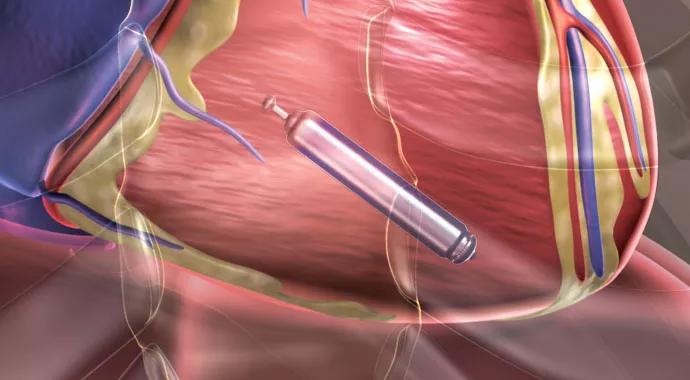
Given the complications associated with implanted cardiac pacemaker leads (see related Consult QD here), the prospect of leadless pacemakers has long enticed electrophysiologists. Now, with multiple leadless pacemakers entering late-stage U.S. trials, that prospect seems near at hand.
Advertisement
Cleveland Clinic is a non-profit academic medical center. Advertising on our site helps support our mission. We do not endorse non-Cleveland Clinic products or services. Policy
“By eliminating pockets and leads, we hope to improve the safety profile of pacemakers,” says Cleveland Clinic electrophysiologist Daniel Cantillon, MD. “We expect to see fewer infections, lead dislodgements and failures, which would sweep the bulk of pacemaker complications off the table.”
In February, Dr. Cantillon performed one of the first U.S. placements of St. Jude Medical’s investigational Nanostim™ leadless pacemaker, and he is enrolling single-chamber pacemaker candidates in the multicenter LEADLESS II clinical trial of that device, which is already cleared for use in Europe. Dr. Cantillon is principal investigator for Cleveland Clinic and serves on the study’s steering committee for the North American trial.
Cleveland Clinic is one of three U.S. sites training investigators from other sites how to implant and remove the Nanostim.
Clinical trials of another investigational leadless pacemaker, Medtronic’s Micra™ Transcatheter Pacing System, are expected to begin at Cleveland Clinic this summer under the direction of Bruce Wilkoff, MD, and Khaldoun Tarakji, MD, MPH.


The tiny investigational Nanostim™ (left) and Micra™ (right) leadless pacemakers. Images courtesy of St. Jude Medical and Medtronic.
These first entries into the leadless pacemaker field are single-chamber, programmable devices delivered by catheter via the femoral vein. The Nanostim and Micra both contain a lithium battery, electrode and fixation device in a body one-tenth the size of a traditional pacemaker (see photos).
Advertisement
The Nanostim is tipped with a small screw that secures the device into the heart muscle. A sensor and stimulatory electrode sense the heart’s activity and determine when to deliver or withhold stimulation. The device’s battery life depends on the amount of pacing required but is estimated to be seven to 10 years.
The Micra anchors to the myocardium with three curved prongs. Like the Nanostim, it can adjust to the patient’s changing activity level. Its estimated battery life of 10 years will be tested during human trials.
Dr. Wilkoff expects leadless pacemakers to eclipse traditional pacemaker technology before long. “Soon leadless pacemakers will be married with subcutaneous defibrillators and we’ll have a device that paces and shocks,” he says. “A leadless pacemaker could even be used in the left ventricle and a traditional pacemaker in the right ventricle for cardiac resynchronization.”
Contact Dr. Wilkoff at wilkofb@ccf.org.
Advertisement
Advertisement

Patient-patient network analysis proves to be fast and clinically intuitive
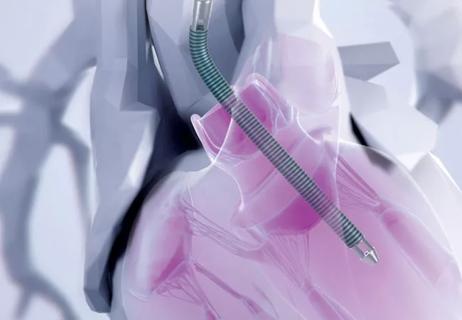
How we’re using a new multidisciplinary approach to broaden the benefits of ablation

Models developed with promising accuracy and generalizability to clinical practice
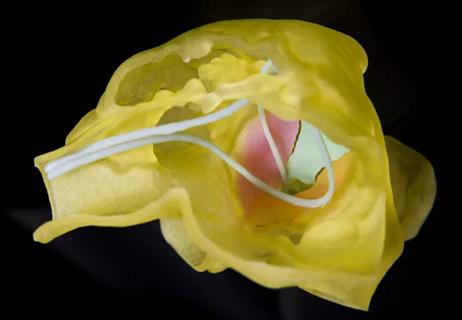
Illustrated case series profiles a valuable tool for a rare and complex entity
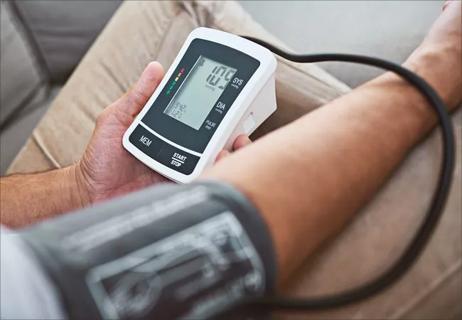
Keys to success include a team-based approach and integration into clinical workflow

A minimally invasive, single-incision approach to two coexisting problems
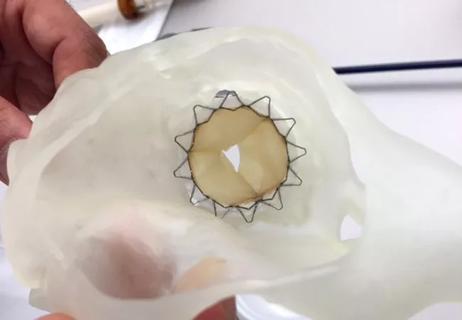
New review outlines applications to date, hurdles to overcome
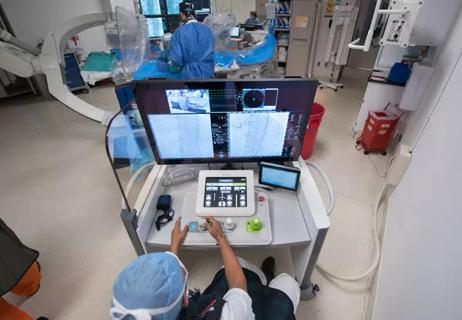
A long-overdue technology is poised to reshape practice